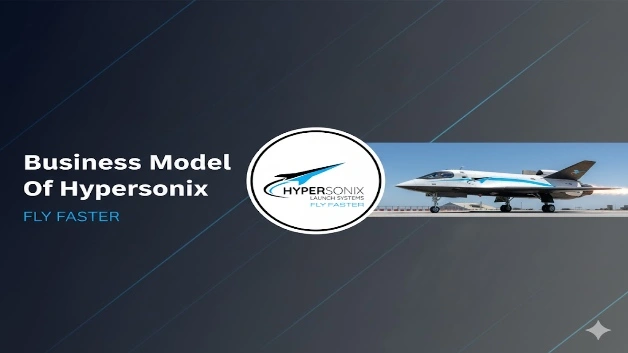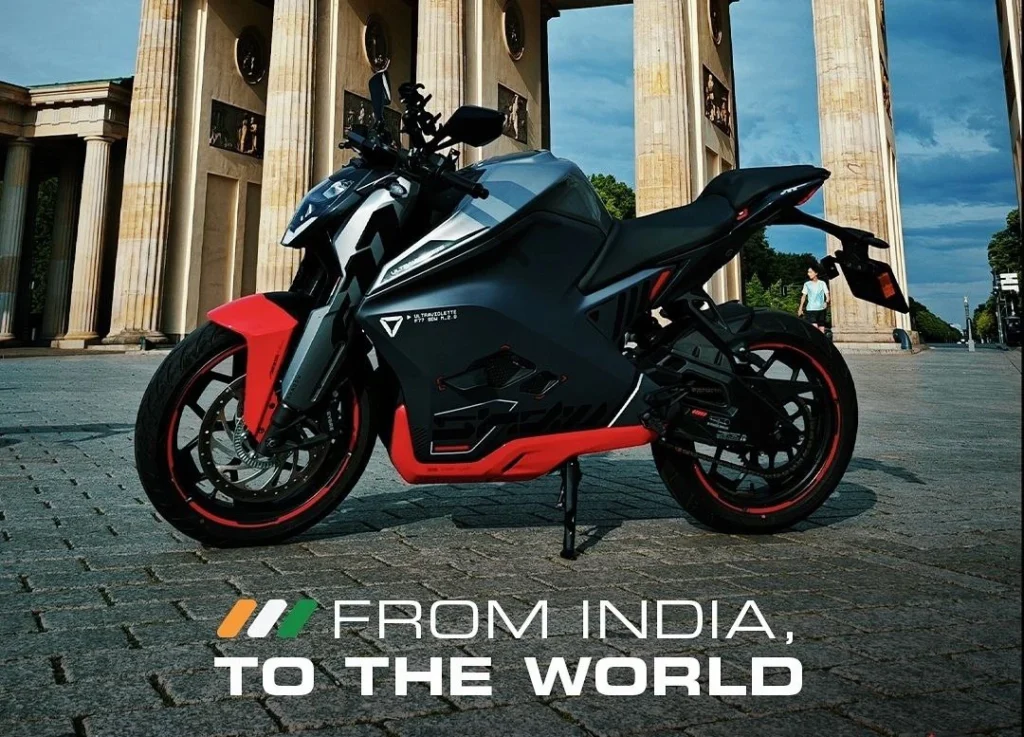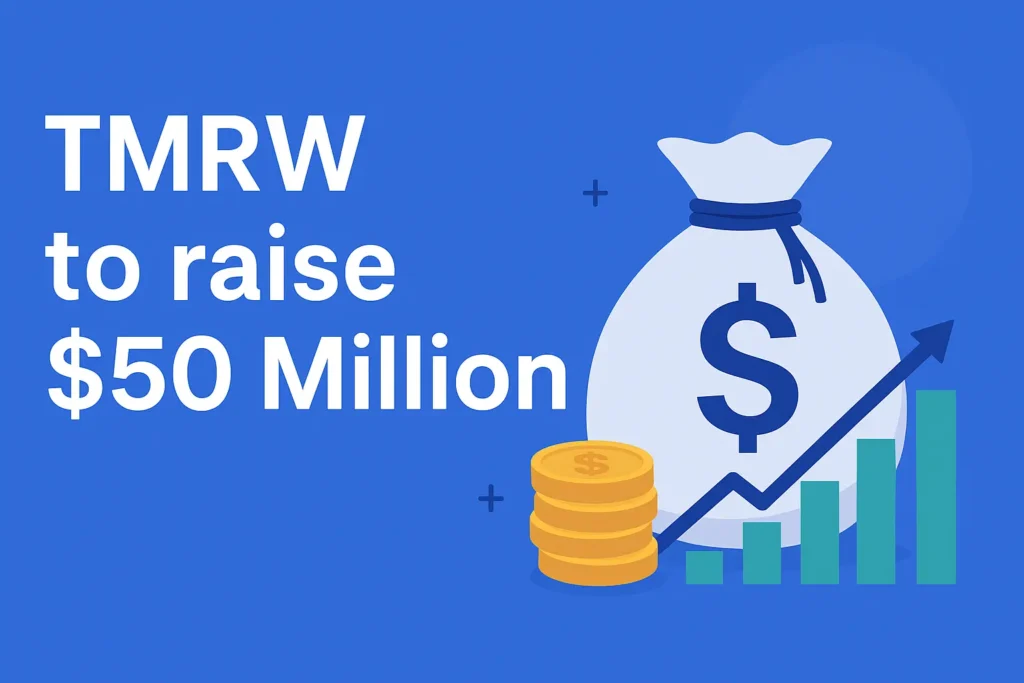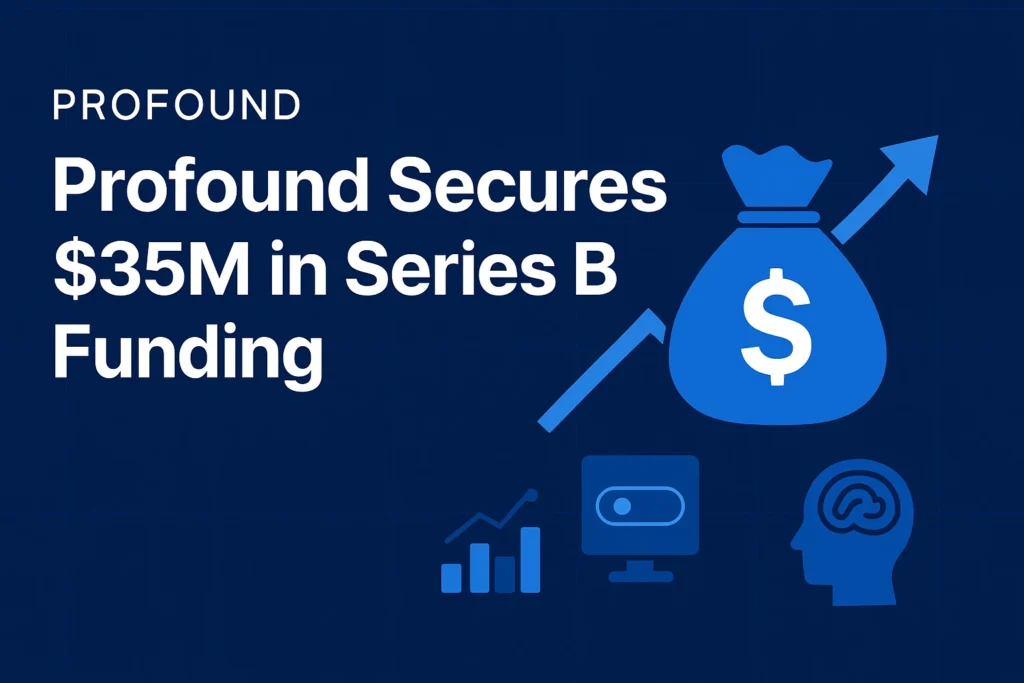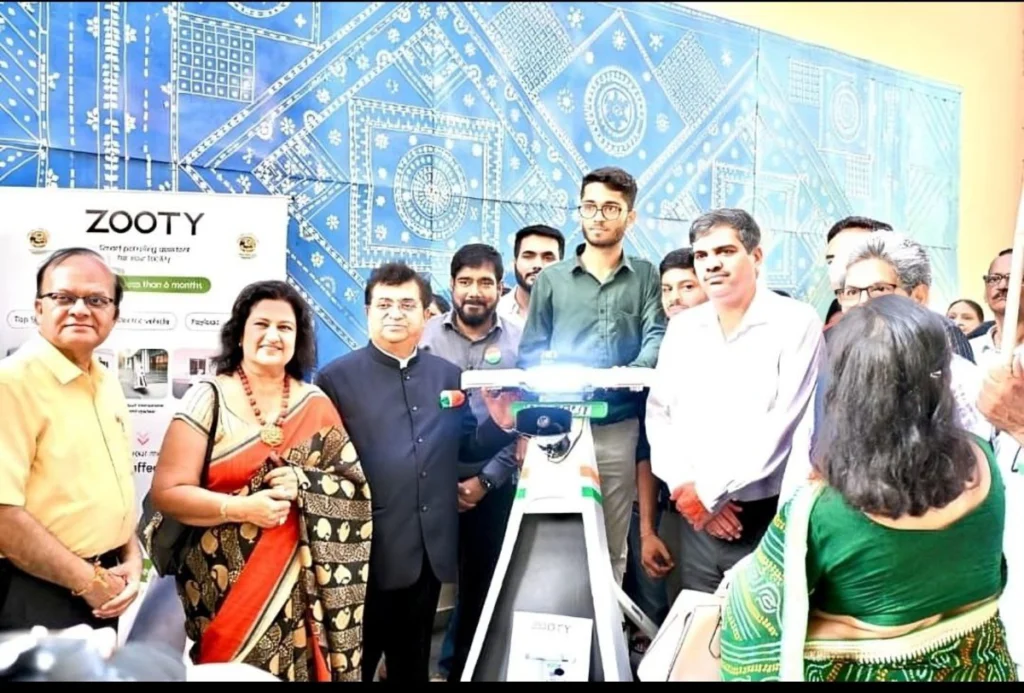| Category | Details |
|---|---|
| How Hypersonix Started | Business Model of Hypersonix: Founded in 2019 by Dr. Michael Smart (former NASA research scientist and University of Queensland hypersonic propulsion chair) and David Waterhouse. The Brisbane-based startup commercialized decades of Australian hypersonic research, transforming academic breakthroughs from UQ’s pioneering scramjet technology (since 1989) into operational defense and space systems. The 45-person team developed the SPARTAN scramjet engine—a 3D-printed, reusable, hydrogen-powered propulsion system producing zero carbon emissions and capable of reaching Mach 12 with no moving parts. |
| Present Condition of Hypersonix | Hypersonix secured $46 million Series A funding at $141 million valuation, led by UK-based High Tor Capital with participation from Saab, Poland’s RKKVC, Queensland Investment Corporation, and Australia’s National Reconstruction Fund Corporation ($10 million—its first defense investment). Preparing NASA-backed test flights of DART AE, a 3.5-meter hypersonic vehicle launching from NASA’s Wallops Flight Facility under the US Department of Defense’s HyCAT program. Selected as first HyCAT prototype contractor from 60+ applicants. Currently accelerating manufacturing capabilities in Queensland and developing VISR—an 8-meter, fully reusable hydrogen-fueled hypersonic aircraft featuring four SPARTAN engines and advanced ceramic matrix composites. |
| Future of Hypersonix and Industry | The global Hypersonic technology market, valued at $4.98 billion in 2020, projects explosive growth to $12.18 billion by 2030 (9.7% CAGR). The supersonic and hypersonic aircraft market will grow from $7.83 billion (2023) to $11.55 billion by 2030. Military and space applications drive adoption as hypersonic weapons traveling Mach 5+ evade existing missile defense systems, compressing decision cycles from hours to minutes. Pentagon allocated $6.9 billion for hypersonic systems in FY 2025—47% above FY 2023. Positioned to lead hydrogen propulsion as nations pursue net-zero commitments while maintaining military superiority. Imminent NASA test flights and Pentagon backing validate technology readiness for global deployment. |
| Opportunities for Young Entrepreneurs | Sovereign defense manufacturing presents massive opportunities as nations prioritize indigenous capabilities over imported systems amid geopolitical tensions and supply chain vulnerabilities. Convergence of defense, aerospace, and clean technology creates new market spaces where sustainability becomes competitive advantage rather than regulatory constraint. Advanced materials science—particularly ceramic composites for extreme thermal environments—enables breakthrough propulsion systems. Hydrogen infrastructure for defense applications opens pathways before commercial aviation adoption. Government-backed programs like HyCAT and National Reconstruction Fund provide patient capital bridging academic research to operational deployment. Manufacturing aerospace systems at scale in Australia creates high-value engineering jobs and export opportunities to allied nations. |
| Market Share of Hypersonix | Operating in nascent hydrogen hypersonics sector where the company holds unique positioning as the only developer of operational hydrogen-powered scramjet systems globally. Australia recognized as global hypersonic research leader since 1989, providing intellectual property foundations competitors lack. Strategic partnerships with NASA, US Department of Defense, Saab, and Australian government position the firm to capture significant share of the $12.18 billion hypersonic market as it scales. Currently pre-revenue but securing defense contracts through HyCAT program validation. |
| MOAT (Competitive Advantage) | World’s only operational hydrogen-powered scramjet (SPARTAN) producing zero emissions at Mach 12 with no moving parts. 3D-printed reusable architecture eliminates extensive maintenance burdens of kerosene-fueled systems. Ceramic matrix composite materials withstand extreme thermal loads without active cooling systems, reducing weight and operational costs. Decades of Australian hypersonic research commercialized through unique IP from University of Queensland foundations. Government backing through NRFC provides patient capital competitors cannot access. Reusability transforms economics—operational sustainability becomes strategic advantage as defense sectors face net-zero pressures. Material science breakthroughs in hydrogen combustion at hypersonic velocities create decade+ technological lead over conventional kerosene scramjets. |
| How Hypersonix Makes Money | Defense contracts for hypersonic Intelligence, Surveillance, and Reconnaissance (ISR) platforms (VISR system). Propulsion system sales (SPARTAN engines) to allied nations and defense contractors. Space launch services using reusable hypersonic vehicles reducing satellite deployment costs. Research and development contracts (currently NASA/DOD HyCAT program). Future revenue from commercial hypersonic aviation as technology matures and regulatory frameworks develop. Licensing hydrogen scramjet technology and advanced materials IP to aerospace manufacturers globally. Sovereign capability premium pricing as nations pay premiums for indigenous manufacturing reducing foreign dependencies. |
I’m Araib Khan, an author at Startups Union, where I share insights on entrepreneurship, innovation, and business growth. This role helps me enhance my credibility, connect with professionals, and contribute to impactful ideas within the global startup ecosystem.
